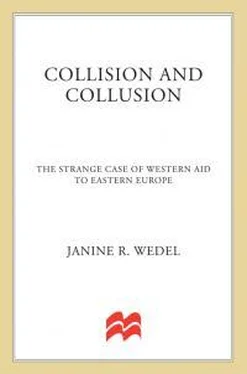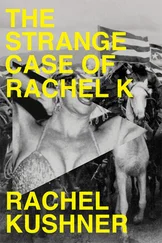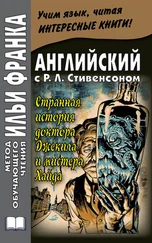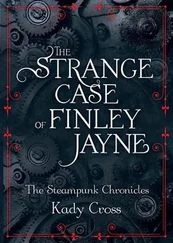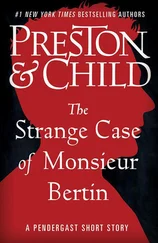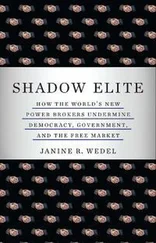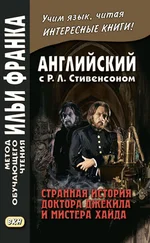The opportunities for Poles and their Central and Eastern European neighbors to use this skill expanded enormously after 1989. With America “winning” the Cold War and sensing history in the making, all sorts of Westerners came to tout the virtues of capitalism and democracy and to help transform the liberated satellites from centrally planned to market economies.
Under communism, Central and Eastern Europe had been a wilderness of too many regulations that many citizens did not obey and rigid ideologies that most did not believe in. The need for new rules brought with it questions about what those rules should be and who should formulate them. Over this landscape poured a flood of fixers and nostrum peddlers, real experts, and self-assertive frauds. Rising up to meet them was an array of bewildered new officials, privatization pirates, and entrepreneurs. The tradition of the fix and the deal took on a new vitality in this uncharted world—a world that was not quite communist, not quite capitalist, not quite anything else.
The peoples of Central and Eastern Europe, having finally attained their long-awaited independence, hoped that the “transition” would be simple, straightforward, and painless. They expected that the new leaders could transform their devastated economies overnight, with a little monetary help from their friends in the West. But before the amateur politicians found time to visit a tailor, they were beset by the blandishments of million-dollar lawyers and economists offering their services, some claiming to have brought Latin American republics out of economic disarray overnight. Grzegorz Kołodko, director of Poland’s Institute of Finance, observed in 1990: “The traffic is … only from West to East. Economists from the West come to the East. Now people are getting interested in Czechoslovakia. Just watch. Prague—beautiful city, good beer. It will be a crowded place. Budapest—a very beautiful city. I don’t know how it will be with Bucharest,” he said wryly.1
As “transition to democracy” came into vogue, carpetbaggers and consultants, foundations and freelancers rushed to explore, and sometimes to exploit, the new frontier. A Washington, D.C., attorney observed that “every attorney in Washington did a week or two stint in Eastern Europe to train the poor natives in constitutional law.” Historic castles once used as Communist Party resorts were converted to conference and training centers in business and capital markets. Visitors peddled authoritative expertise on functions—ranging from banking to environmental cleanup—that the newly arrived Central and Eastern European officials and entrepreneurs had yet to define, let alone learn how to evaluate. Perceiving the influx of visitors as the world coming to their aid, the virgin leaders made themselves accessible. At least at first.
This frontier attracted, indeed seemed set up to encourage, a jet set of “operators” on both sides. In the West, instant experts on the region and “transition” sprang up. Western historians and political scientists found themselves less needed; financiers, economists, bankers, and accountants were in demand. In the East, former communist leaders became arbiters of reform and mavens of business. Those actually needed were fixers, people who could arrange things—who could “play on any team,” as one friend put it. On both sides, those who could play on any team seemed to be the most sought after; operator-speculators were the disproportionate beneficiaries of the frontier’s fortunes and opportunities.
During this influx into Central and Eastern Europe from 1989 to 1991, I was based mostly in Poland and found myself witness to many encounters between visiting foundation, government, and business representatives on one hand and Poles I had known for years on the other. My writings on the region had brought me to the attention of some of these representatives. As most major American foundations (along with minor ones) moved into Central and Eastern Europe in 1989 and 1990 looking for projects to support, I received calls from emissaries scouting for the most useful projects and contacts.
I was invited to attend many meetings between Eastern pacesetters and visiting Western envoys. At first glance, such encounters had a novel, surreal quality to them. In December 1989, on a trip to Poland, an impeccably dressed Elizabeth Dole, then U.S. secretary of labor, visited her down-to-earth, sometimes brash Polish counterpart, Jacek Kuron—a prisoner under the communists, who typically sported a work shirt, jeans, and Earth Shoes along with his earthy smile. The meeting was filled with good intentions and good feelings, optimism, and hope for the future. If the Berlin Wall, which had kept East and West artificially divided all those years, could fall, any other problems could not be so difficult to solve. In the euphoria of the moment, West and East appeared to come together.
I watched. Beneath the sheer intrigue of these encounters and my sense of privilege in participating in this theater of the absurd, there appeared to be a serious schism. Despite good intentions, I could see danger signs. Such delegations, although welcomed, proved problematic to the new leaders. The large Dole mission arrived while the Polish government was hammering out the stabilization plan to be implemented January 1, 1990. In the midst of intense negotiations to thrash out the critical changes that were to come only weeks later, the country’s highest officials spent four days in fraternal meetings with the Dole delegation, explaining the fundamentals of Poland. Stefan Kawalec, general director of the Ministry of Finance, confided to me, “It was a very nice visit, but we have had too many such nice visits already.”
Whatever the expectations, Kawalec’s understated tone, like the contrast between Kuron’s work shirt and Dole’s dress-for-success wardrobe, foreshadowed a lack of understanding and difference in styles that would deepen the disjuncture. It was the disjuncture between what donors and recipients defined as “help”; the discrepancy between how aid was perceived by its recipients and the “success stories” conveyed in donors’ reports; the difference between the glossy brochures of aid agencies and the realities on the ground; and the disconnect between the resounding words echoed at international conferences and the actions actually taken.
AID IN THREE PHASES
In short, it was about politics and, crucially, the relationships between donors and recipients—not only at the higher echelons, but at all levels of contact. Transplanting know-how and ideas from one setting into another is an inherently troublesome process. Yet depending on how donors design and deliver assistance, and the relationships they develop with recipients, aid can either help to bridge the gap or serve to widen it. In the case of Central and Eastern Europe and later the former Soviet Union, this was precisely what was so often overlooked. Donors and the aid community talked about categories of aid to be proffered: privatization, private-sector, democracy, or humanitarian assistance. But rarely was careful consideration given to the donors’ and recipients’ agents, the relationships formed between them, and the effects of those relationships on aid outcomes. In the study of aid and development, little attention has been paid to how aid actually happens. Yet how aid happens—through whom and to whom, under what circumstances, and with which goals—determines not only the nature of what recipients actually get and how they respond to it, but its ultimate success or failure.
This book shows how relationships, both between Easterners and Westerners and among fellow Easterners, shaped the outcomes of nearly all of the strategies that the major donors employed in aid to Central Europe, Russia, and Ukraine: technical assistance through person-to-person contacts, grants to political-economic groups and nongovernmental organizations (NGOs) in the recipient nations, and loans to small businesses. Although these strategies differed significantly, in all of them it was crucially important exactly who participated and how these participants connected to their counterparts and compatriots—whether it was a Western consultant who made tens of thousands on projects of dubious merit or a well-meaning but unversed aid officer in Washington authorizing funds for projects unneeded and unwanted in the target country. Too often, relationships between donor and recipient representatives failed to facilitate, and even frustrated, partnerships. And too often, poorly conceived and structured projects, or lack of cultural understanding, led to impasse or even disaster.
Читать дальше
